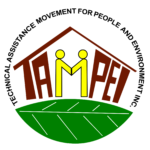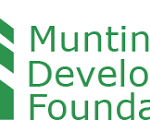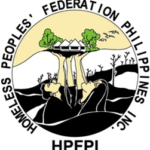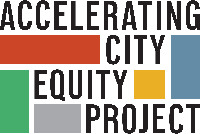Citywide Mapping and Shelter Planning
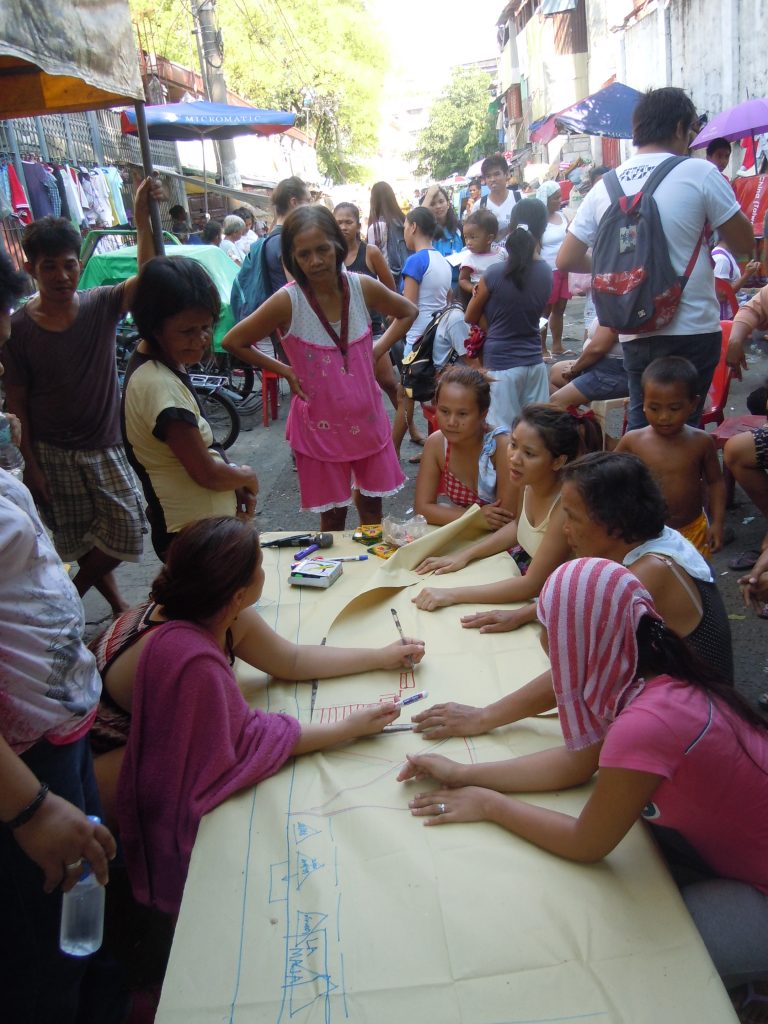
Summary
Addressing the needs of informal settlement families through a participatory and multi- sectoral approach by way of following an over- all plan and taking into account all Informal Settlement Families in the city.
Target Community
Informal settlement dwellers, low income earners
Equity Challenge
Informal settlements requiring more systematic and comprehensive approaches to upgrading. In 2015, the estimated number of Informal Settlement Families in Metro Manila was around 585,000, including 25% of the region’s total population. These families live in squalid and congested communities, often in danger areas, with no tenure security, and low access to basic infrastructures.
Approach
Addressing the needs of informal settlement families through a participatory and multi- sectoral approach by way of following an over- all plan and taking into account all informal settlement families in the city.
Scale
Informal settlements in Muntinlupa City, Philippines.Equity building blocks
Overview
